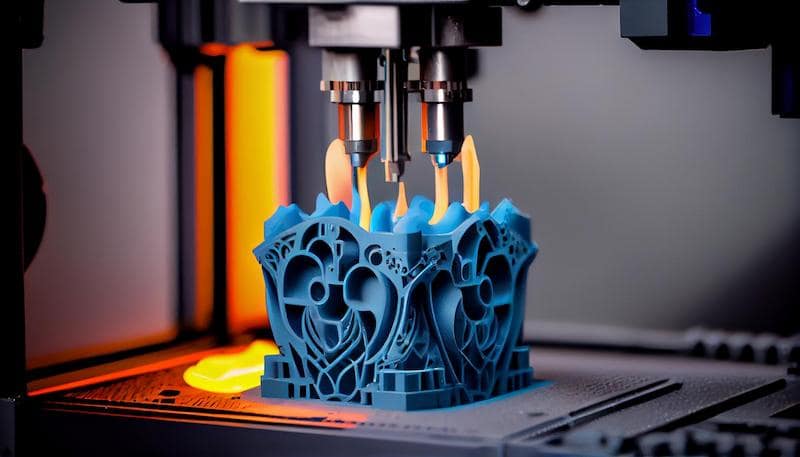3D Printing: The Future of Manufacturing Unleashed
3D printing, also known as additive manufacturing, is reshaping the manufacturing landscape by enabling rapid prototyping, customization, and cost-effective production. From creating architectural models to medical implants, this groundbreaking technology offers endless possibilities. But how does 3D printing work, and why is it revolutionizing so many industries?

What is 3D Printing?
3D printing is an additive manufacturing process where a digital design is transformed into a physical object by layering material, such as plastic, resin, or metal, one layer at a time. Unlike traditional subtractive methods, which cut away material, 3D printing builds objects from the ground up.
Key Components of 3D Printing:
- 3D Model: Created using CAD software.
- Printer: Uses various technologies like FDM, SLA, or SLS.
- Filament/Material: Ranges from thermoplastics to metals and ceramics.
- Software: Converts the 3D design into printable layers (slicing software).
How 3D Printing Works
- Design Creation: A digital 3D model is created using CAD software.
- Slicing: The model is sliced into thin layers for printing.
- Printing: The printer deposits material layer by layer.
- Post-Processing: Cleaning, curing, or smoothing the final part.
Types of 3D Printing Technologies
- Fused Deposition Modeling (FDM): Common for home and industrial use.
- Stereolithography (SLA): Ideal for high-detail prototypes.
- Selective Laser Sintering (SLS): Used for functional prototypes with powders.
- Direct Metal Laser Sintering (DMLS): Popular for metal parts in aerospace and automotive industries.
Applications of 3D Printing
3D printing is revolutionizing a wide range of industries:
- Healthcare: Customized prosthetics, implants, and surgical tools.
- Automotive: Prototyping car parts and lightweight components.
- Aerospace: Complex geometries for lightweight aircraft components.
- Fashion & Jewelry: Custom accessories and design prototypes.
- Architecture: Scale models for visualization and presentations.
Benefits of 3D Printing
- Rapid Prototyping: Accelerate product development timelines.
- Cost-Efficiency: Minimize material waste and tooling costs.
- Customization: Easily create unique designs.
- Complex Geometries: Manufacture intricate shapes with ease.
- Reduced Lead Time: Faster production cycles for small batches.
Challenges and Limitations
While revolutionary, 3D printing also has its challenges:
- Material Limitations: Not all materials are compatible.
- Surface Finish: Some prints may require post-processing.
- Speed: Slower for mass production compared to CNC machining.
Future of 3D Printing
3D printing continues to evolve, with trends like:
- Bioprinting: Printing human tissues for medical research.
- Large-Scale Printing: Construction of homes and infrastructure.
- Hybrid Manufacturing: Combining 3D printing with CNC machining.
Conclusion
3D printing is more than just a manufacturing tool—it’s a gateway to innovation across countless industries. Whether you’re prototyping a new product or creating personalized medical implants, 3D printing offers speed, flexibility, and cost savings. As the technology advances, its impact on global manufacturing will only continue to grow.